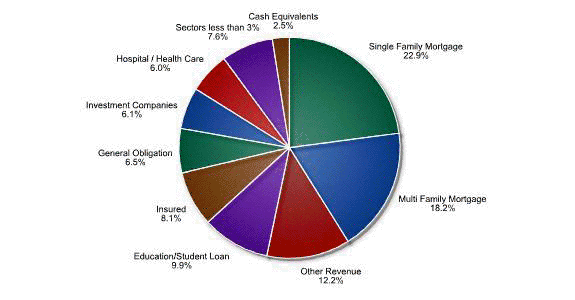Sit Mutual Funds
Post on: 20 Август, 2015 No Comment

The global economy is slowly recovering and technology spending is expected to grow from 3% to 5% in 2011, in line with historic levels. Sit Investment Associates invests in stocks from a mix of high quality companies as well as those levered to growth segments within the technology sector. We prefer companies that have a dominant market position, sustainable competitive technological advantages, exposure to growing end-markets and growing free-cash flow with minimal financial leverage.
While we believe that global handset (mobile phones) unit volume growth peaked in 2007, the high-end handset segment, or smartphones, is expected to continue to exhibit strong growth, especially in those priced at less than $300. Smartphone handsets utilize an operating system, like a computer, and provide more functionality than just voice service. We expect that well over 2.4 billion handsets will be purchased in 2015, with over 32% being smartphones, up from 20% in 2011. Market share leader Nokia continues to surrender share to the smaller, more nimble Apple, Research in Motion and HTC of Taiwan, which is the reason we prefer the latter three companies. Relatedly, we like the leading touch screen hardware providers Synaptics and Atmel.
Our investment in Qualcomm, the key supplier in both application processors and radio-frequency baseband chips, leverages the rapid adoption of smartphones and tablets. The tablet has become the consumer bridge device between smartphone and low-end notebook. We believe that PC unit volume growth will slow to 7% in 2011 due to economic conditions and the impact of alternative computing devices that include tablets.Overall competition in the global PC market continues to drive price points lower. Within the PC supply chain, we believe the segment that will maintain the most attractive margin structure remains in the microprocessor area. Our investment strategy has been to leverage off the PC unit volume with Intel, which will remain the dominant supplier and share gainer of the critical microprocessor. Computer server sales have been surprisingly resilient, as Internet-driven content has exploded. Intels new server low-power, micro-processing chips have helped drive an upgrade cycle, since lower power and cooling costs have paid for the replacement costs within a typical time period of ten months.
As both cable and wireline telecommunication carriers competitively expand and upgrade their networks to offer the triple-play of voice, video and high-speed Internet access, an incredible rate of growth in consumer network traffic is occurring. Corporate enterprises have experienced equally strong growth driven by the need to transport and store increasing amounts of data. Companies that provide network infrastructure, such as routers, switches and storage, remain desirable investment vehicles. Among our holdings in the network infrastructure are original equipment manufacturer (OEM) Juniper Networks and the specialty content delivery OEMs F5 Networks and Riverbed Technology. In data storage, holdings include EMC and NetApp.
Capital spending for telecommunication and cable networks is expected to accelerate this year, especially in the optical area, as network transport loading continues to grow at more than a 50% rate. Companies attractively positioned are Ciena, the leader in dense wave division multiplexing (DWDM) equipment, and Finisar, the leading fiber-optic component supplier.
Semiconductors, which enable all the equipment that has been discussed, are cyclical with a small growth component in the mid-single digits historically. Our investment strategy has been focused on companies within a growing segment or with increasing market share. The semiconductor handset component area has undergone disaggregation over the past five years, as firms tend to specialize in one particular area. The most critical component is the primary processing chip. A strong company continues to be Qualcomm, which has become the dominant supplier in the third-generation (3G) handset area. Also attractively exposed is the rapidly growing Broadcom, which continues to uniquely blend different wireless connectivity functions into a single chip.

Software provides the dynamic control to the electronic hardware. In smartphones, software is becoming the big differentiator in the relative attractiveness of the device. Apple iPhones seamless hardware/software integration embodies the ease of use characterized by the signature iMac product line. Google is attempting to standardize the industry on a single open-source operating system called Android, with the underlying implication that hardware wont provide much differentiation, much like the Internet, Microsofts mobile OS has had limited success, but continues to remain engaged in the mobility battle.
Within the enterprise space, Oracle, IBM, and Microsoft are the dominant database managers, developers and maintenance providers. Database customers have very low churn rates due to the prohibitive costs of changing providers. Other key investment themes in the software space include server consolidation (VMware), cloud computer (Salesforce.com, Concur Technologies and Ultimate Software), and productivity (Adobe Systems, Autodesk and Ansys).
In addition to the technology sector, Sit Investment Associates domestic equity portfolios continue to emphasize the producer manufacturing and energy sectors. Overall, these holdings produce above-average, long-term earnings growth rates, along with relatively attractive valuations.














